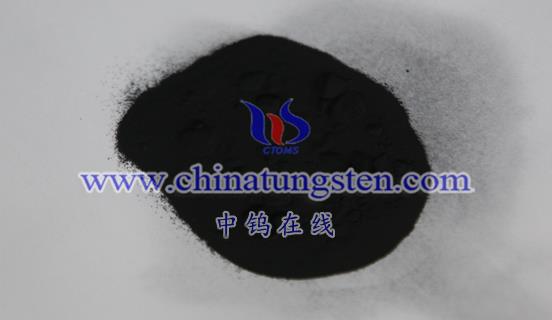Tungsten tetrabromide (WBr4) and tungsten tetraiodide (WI4) are compounds of two transition metals tungsten and halogens (bromine and iodine). Although they share some similarities in chemical properties, they have some notable differences in terms of thermal stability.
First, tungsten tetrabromide is relatively stable at high temperatures. Its thermal decomposition temperature is relatively high, and usually needs to be above 600 degrees Celsius for the decomposition reaction to occur. This means that under general experimental conditions, tungsten tetrabromide is relatively stable at room temperature, and it is not easy to decompose or lose bromine atoms. This relative thermal stability makes tungsten tetrabromide reliable in some high temperature experiments or applications.
In contrast, the thermal stability of tungsten tetraiodide is relatively low. Its decomposition temperature is lower than that of tungsten tetrabromide, and the decomposition reaction will occur around room temperature. This means that under normal experimental conditions, tungsten tetraiodide may be more prone to decomposition, resulting in the loss of iodine atoms. Therefore, at high temperatures, the use of tungsten tetraiodide may be limited and more careful handling is required.

More details of tungsten, molybdenum and rare earth news, please visit website: https://www.ctia.com.cn/en/
Please contact CHINATUNGSTEN for inquiry and order of tungsten and molybdenum product:
Email: sales@chinatungsten.com
Tel.: 86 592 5129595






